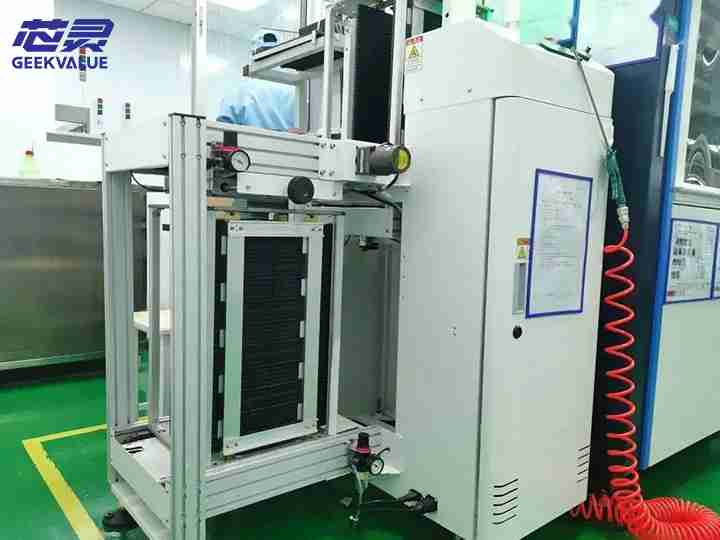In the world of electronics manufacturing, achieving speed, precision, and reliability is non-negotiable. At the heart of this relentless pursuit lies a game-changing technology: the automatic feeder. For anyone involved in Surface Mount Technology (SMT), understanding and leveraging this critical component can mean the difference between mediocrity and success.
What Is an Automatic Feeder in SMT?
An automatic feeder is more than just a conveyor of components; it’s the unsung hero of modern SMT production lines. By delivering components with unmatched speed and accuracy to pick-and-place machines, these feeders ensure seamless assembly and minimal downtime. Imagine the task of manually aligning thousands of tiny resistors or capacitors—automatic feeders make that process a breeze, enabling production lines to operate at lightning speed without compromising quality.
Why Are Automatic Feeders a Game-Changer?
The advent of automatic feeders has transformed SMT production in several powerful ways:
Unparalleled Efficiency
Automatic feeders can handle tens of thousands of components per hour. No human hand can match their speed, ensuring that SMT lines run at peak performance around the clock.Laser-Sharp Precision
SMT components are often smaller than a grain of rice. An automatic feeder ensures every piece is delivered in perfect alignment, ready for the pick-and-place machine to position it with sub-millimeter accuracy.Reduced Labor Costs
Manual feeding not only slows down production but also increases the risk of errors. Automatic feeders eliminate these issues, allowing manufacturers to save on labor costs and focus on high-value tasks.Scalability
As production demands grow, automatic feeders can scale effortlessly. Whether you’re assembling a few hundred units or millions, these devices adapt to your needs.
How Automatic Feeders Work: Behind the Magic
The functionality of automatic feeders is a marvel of engineering. Here’s how they operate step by step:
Component Loading: Components are stored on reels, trays, or sticks, which are easily loaded into the feeder.
Alignment: Advanced optical or mechanical systems ensure every component is perfectly aligned for pickup.
Feeding: One by one, components are fed to the SMT pick-and-place machine in precise timing with its operations.
Feedback Loop: Modern feeders communicate directly with SMT machines, adjusting speeds and feeds to maintain flawless synchronization.
Types of Automatic Feeders for SMT
Selecting the right automatic feeder depends on your specific needs. Here are the most common types:
Tape Feeders: Best for components supplied on reels. They are widely used for high-speed operations.
Tray Feeders: Ideal for larger components like integrated circuits (ICs).
Stick Feeders: Suitable for components packaged in sticks or tubes.
Bulk Feeders: Used for loose components, often in specialized applications.
Key Considerations When Choosing an Automatic Feeder
With so many options available, how do you choose the perfect feeder for your SMT line? Here are the top factors to consider:
Compatibility: Ensure the feeder integrates seamlessly with your SMT machine (e.g., Yamaha, FUJI, Panasonic).
Component Variety: Some feeders handle a wide range of sizes, while others are more specialized.
Speed and Capacity: Match the feeder’s performance to your production goals.
Durability: Look for reliable brands known for longevity and low maintenance.
Real-World Impact: Why Every SMT Line Needs Automatic Feeders
Companies that have adopted automatic feeders often see immediate improvements in their production metrics. For example:
Increased Throughput: Assembly lines move faster, completing more units in less time.
Higher Accuracy: Reduced errors mean fewer defective units and less rework.
Lower Costs: Automation slashes labor costs while boosting output quality.
Invest in the Future with Automatic Feeders
The automatic feeder is no longer optional for competitive SMT production—it's a necessity. By ensuring speed, precision, and adaptability, these devices empower manufacturers to meet the growing demands of the electronics market. Whether you’re a small business scaling up or an industry giant refining processes, investing in the right automatic feeder could redefine your production line’s success.



